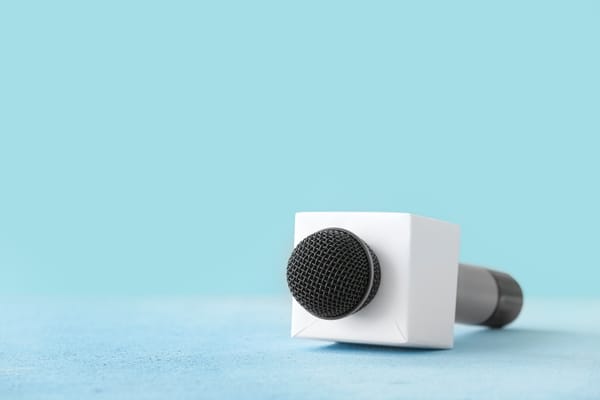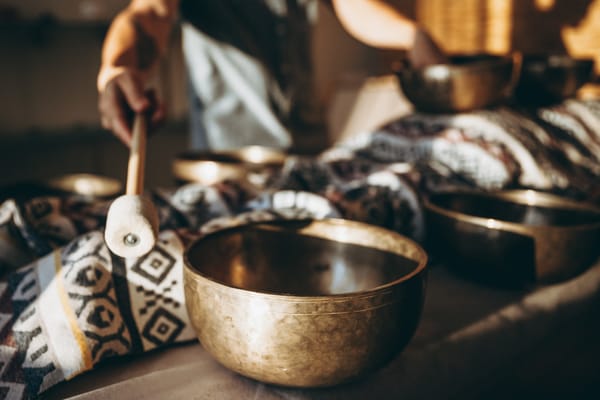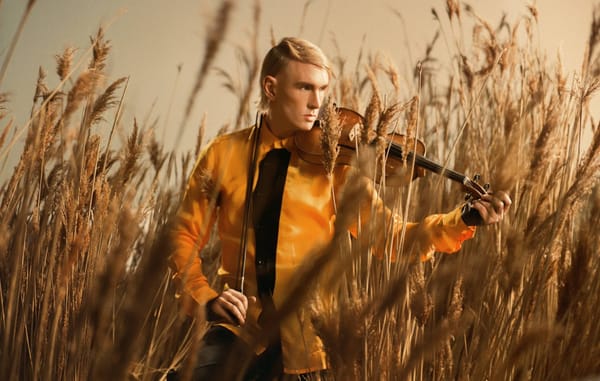Butt of the joke: book teaches kids about evolution one bum at a time
How do you get kids excited about science? Make it about bums. Margate’s Crab Museum is bringing this knowledge to the wider world in a new children’s book
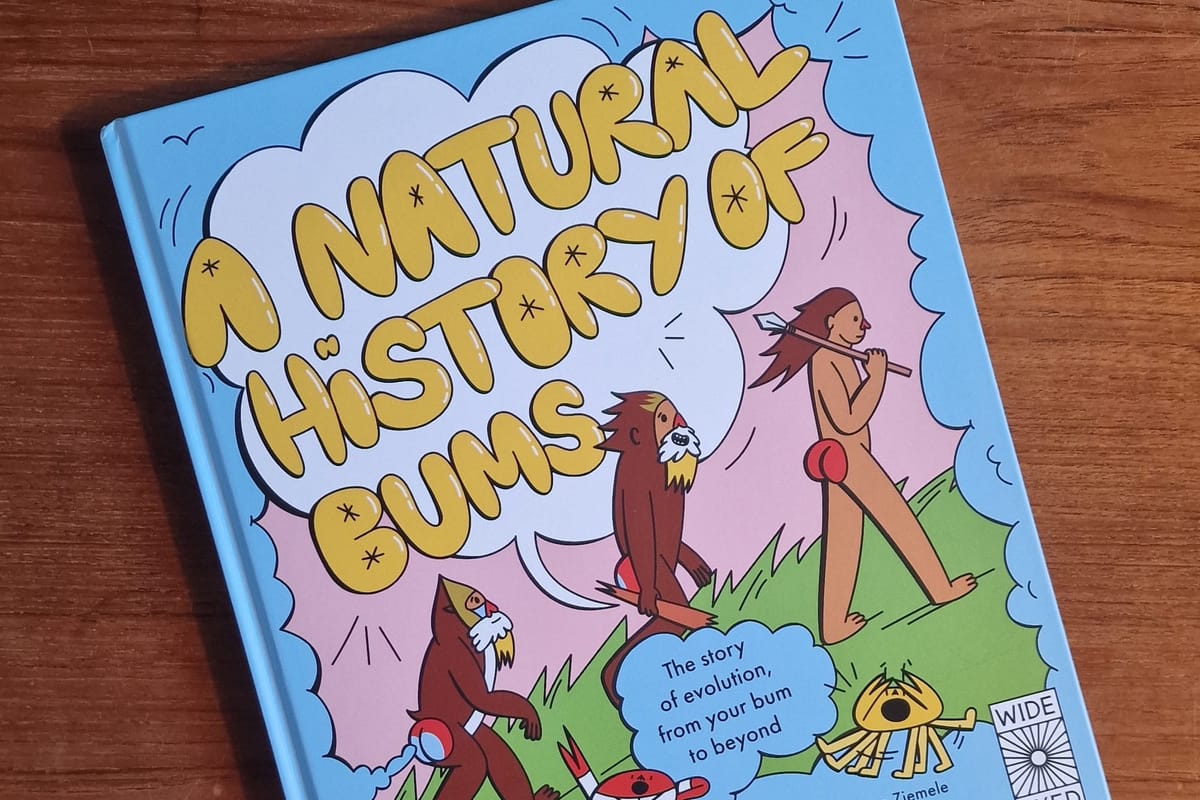
One of Margate’s best, most popular and strangest tourist attractions is the small but perfectly formed Crab Museum. Opened in 2021, it gives visitors an impressive insight into the lives of crabs, but also uses the topic and a hefty dose of humour to discuss wider topics, including climate change and the nature of truth.
A key crab fact that every visitor leaves with - especially if they have kids in tow - is that crabs poo from their chests. Next month, the museum takes things a step further with the publication of its new children’s book, A Natural History of Bums.
Beautifully illustrated by Inga Ziemele, the book sees a duo of crab narrators guide readers “from prehistoric patooties to modern mudchutes”. More than just a vessel for fart and poop gags, however, it explains why bums helped to create life on Earth as we know it and how vital they are to our existence.
Ahead of the book’s publication in June, its author and Crab Museum co-founder Bertie Suesat-Williams explains why he chose to explore evolution through the lens of bumholes (metaphorically) and how the museum has changed birthdays for him and his fellow directors forever.
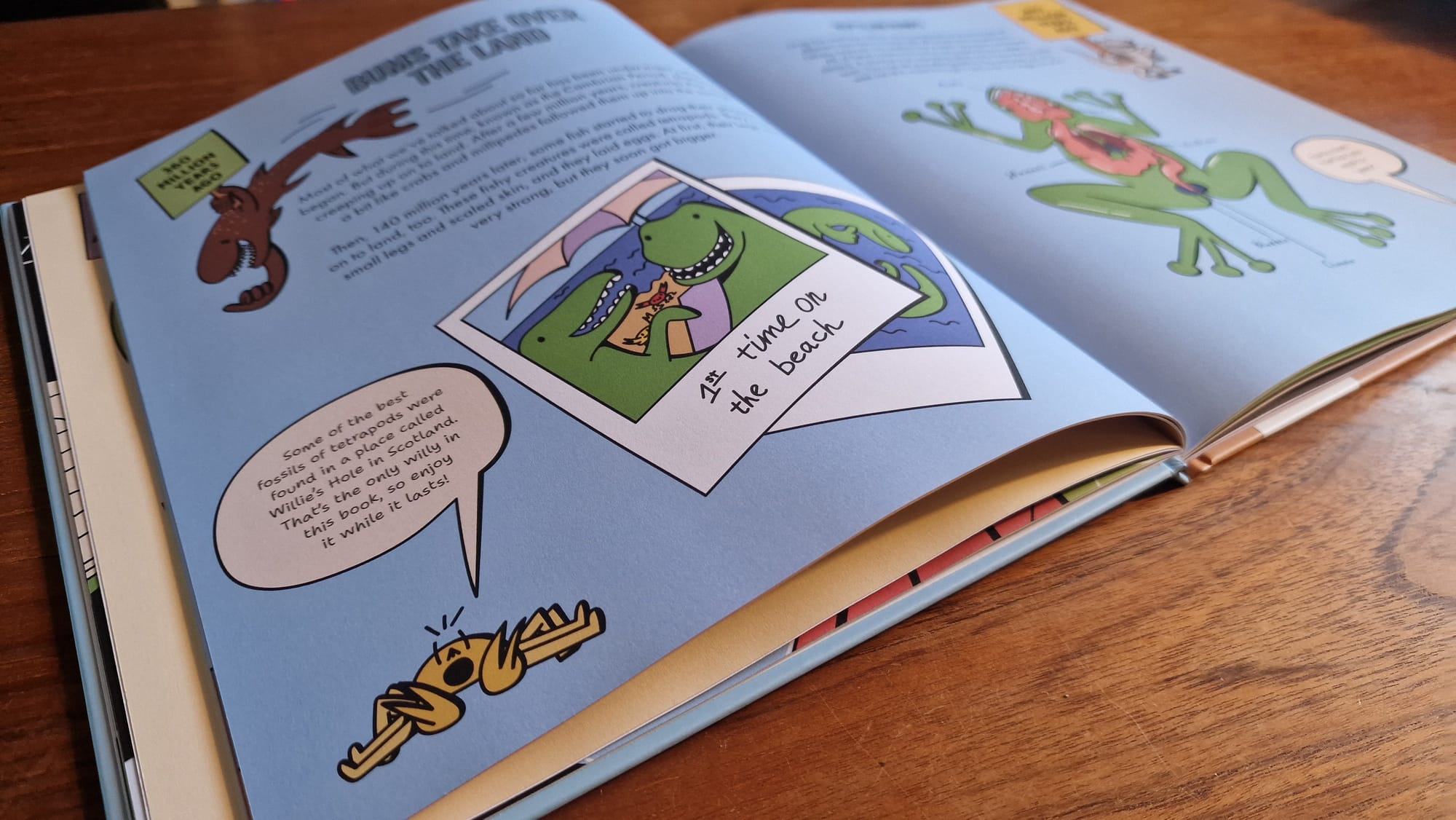
Why did you want to write a book for children?
We wanted to write a kids book because there are only so many children that can come and visit the museum in person. As a local publication, the kids of your readership are the lucky ones - they can hear us waffle about bum evolution any time they like (provided we’re open). A Natural History of Bums is an attempt to expand our audience and get more kids interested in science, whether or not they live by the sea.
Why bums? What can bums tell us about evolution?
Bums are a remarkably popular body part, scientifically speaking. Almost all animals have one. Having a bum makes you a tube, rather than a bag like the earliest animals. This means you can eat more, and when bums appeared some 600 million years ago (give or take) life on Earth really kicked off. All life is interconnected, and a focus on any feature of living things can be used to explore evolution. But bums might be funniest, and they have a lot to say if you’re willing to listen.
Does the book have a narrative or can readers dip in and out of it?
The book begins in the mysterious and ancient oceans where life first appeared. Our crab narrators take the reader on a journey from bumless prehistory through the many aeons of life on Earth, following the changing shapes and uses of patooties. The book toots through Earth’s history to the present, and celebrates the wide diversity of bums on display today. So whilst there is a story - the story of life itself - there are plenty of facts and tangents to go off on, and lots for readers to dip into or revisit.
What’s one of the best bum facts you discovered while writing the book?
Animals have a vast and bewildering range of bottoms. There are armoured bums, glowing bums, sticky bums, even a type of sea worm with a thousand bums. But one of the most interesting is actually our human tush - and how it changed the course of history. The evolution of muscular buttocks helped our ancestors stand up and take over the world. Without our bottoms, our planet would be totally different.
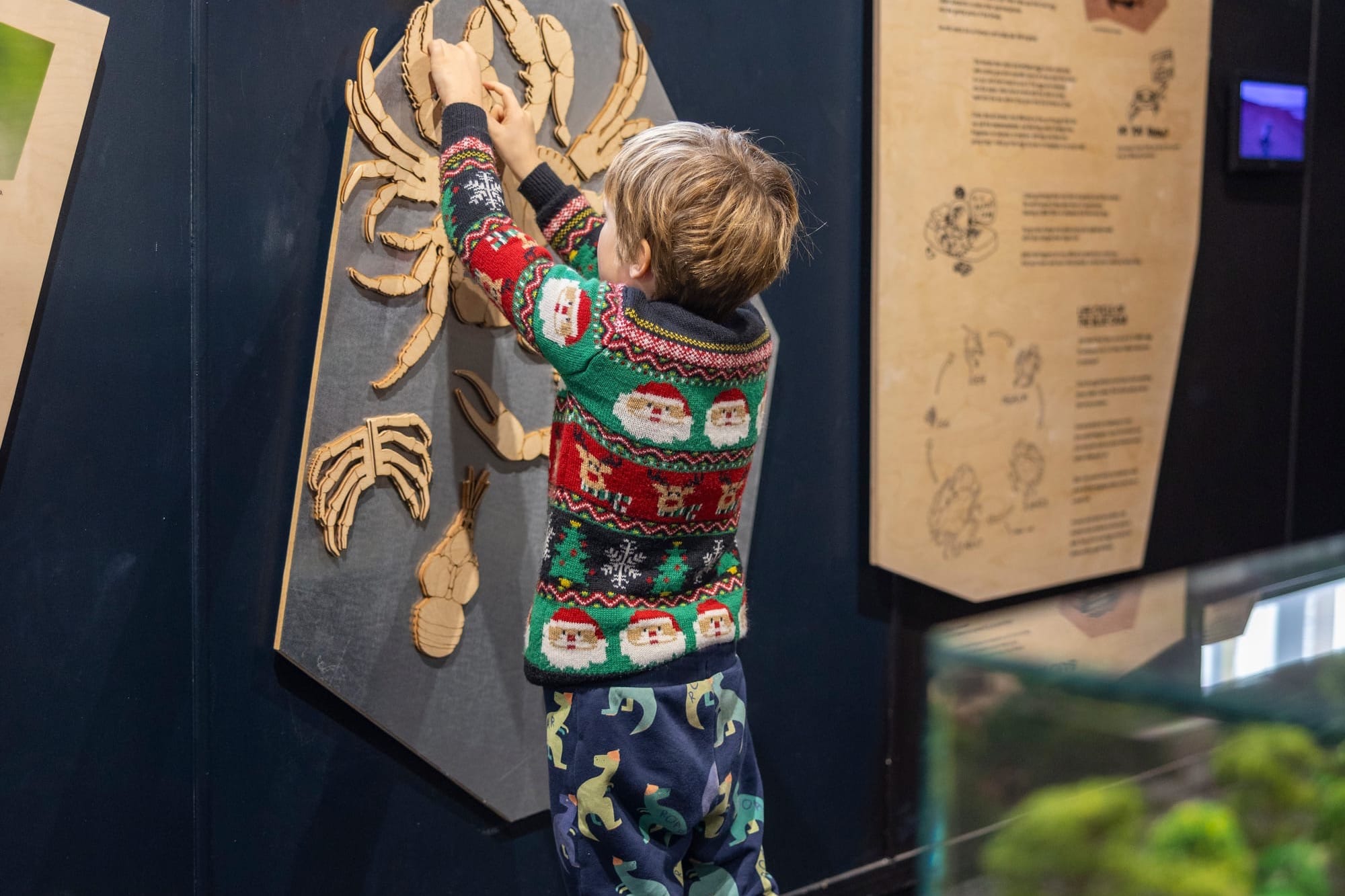
How does the book relate to the Crab Museum and its message?
Like the museum itself, the book aims to take something overlooked and underappreciated and give it the credit it deserves. Both bums and crabs are part of the chaotic and beautiful mess of life, and both can help us look differently at our shared world and personal experiences. Both are funny too. It’s important to remember that bit.
Does the Crab Museum have any other creative projects brewing?
We do! We might have another book in the works, but we won’t say any more on that yet. We have plans to add more material to the museum, and are always trying to improve what we do. That’s a pretty mysterious answer, but… that’s what you’re getting.
The Crab Museum turns four this year. Did you imagine back at the beginning that it would become as popular as it has?
Nope! Looking back we’re not sure what we expected, and we didn’t have any plans for either success or failure. Opening the place was so much effort that it didn’t leave much room for wondering whether it was a good idea. In hindsight that was probably very reckless.
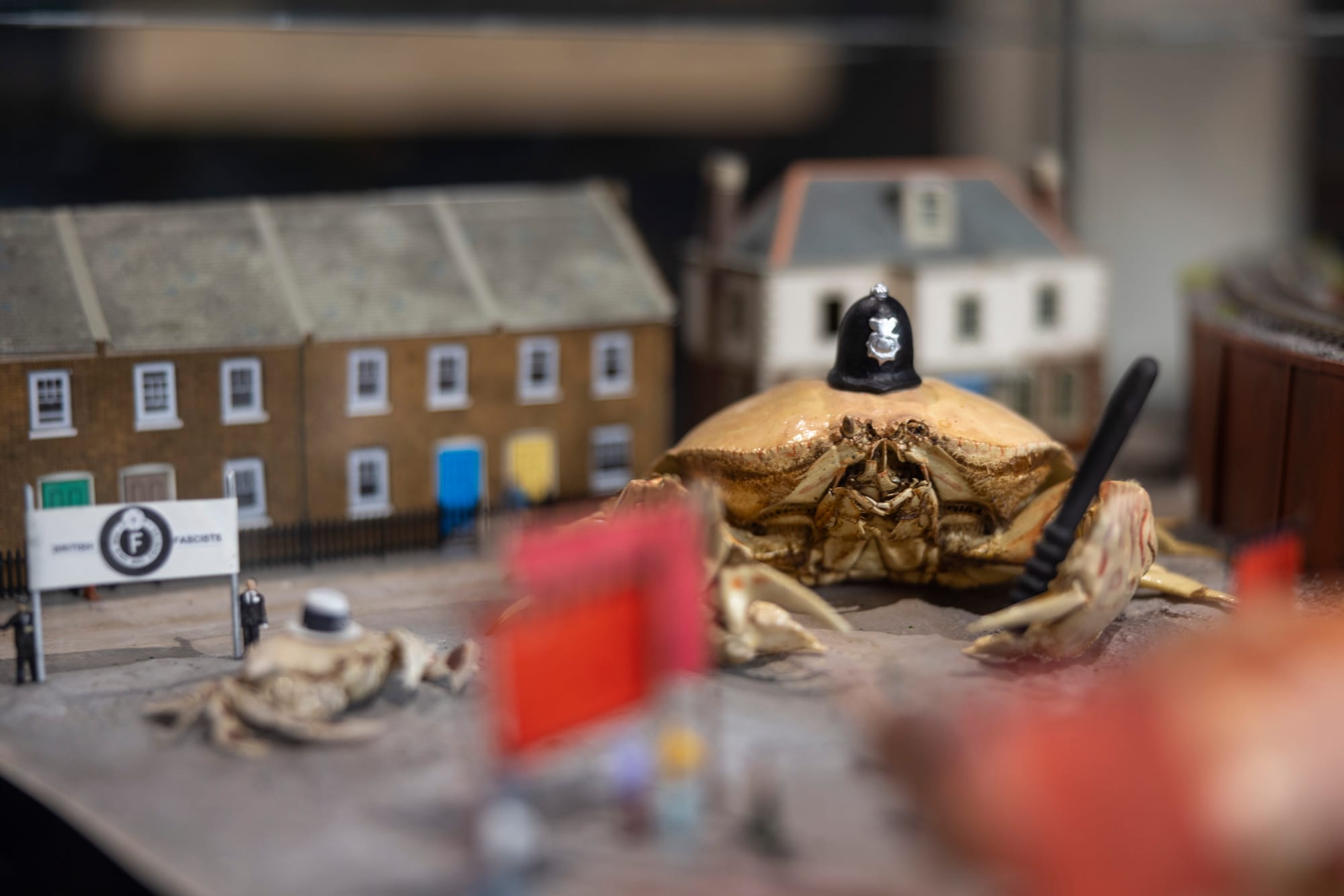
What have been some of your highlights of running the museum?
Talking to kids at the microscope is always the most rewarding, in ways that you often don’t expect. A young girl recently said to us, excitedly, “I didn’t know there was so much to know”. We’ve each had lots of experiences like that with our visitors, and we’ve been reduced to blubbering mammal wrecks more than you’d think.
What impact has running the museum had on you?
Running the museum has made us hopeful and enthusiastic amidst the crumbling horror of societal collapse. Also, everyone just buys us crab-related stuff for birthdays and Christmas. Which is fine, but we do have other interests.
What’s next for the Crab Museum after the book comes out?
No idea! We don’t usually plan that far ahead!
A Natural History of Bums will be published on June 5. It is available for pre-order now. The Crab Museum is open Friday to Sunday, 11am - 5pm at 9 Broad Street, Margate, CT9 1EW.
Want more? Subscribe to our newsletter for a hit of arts, culture and fun things to do around Thanet and beyond in your inbox every Saturday morning.


